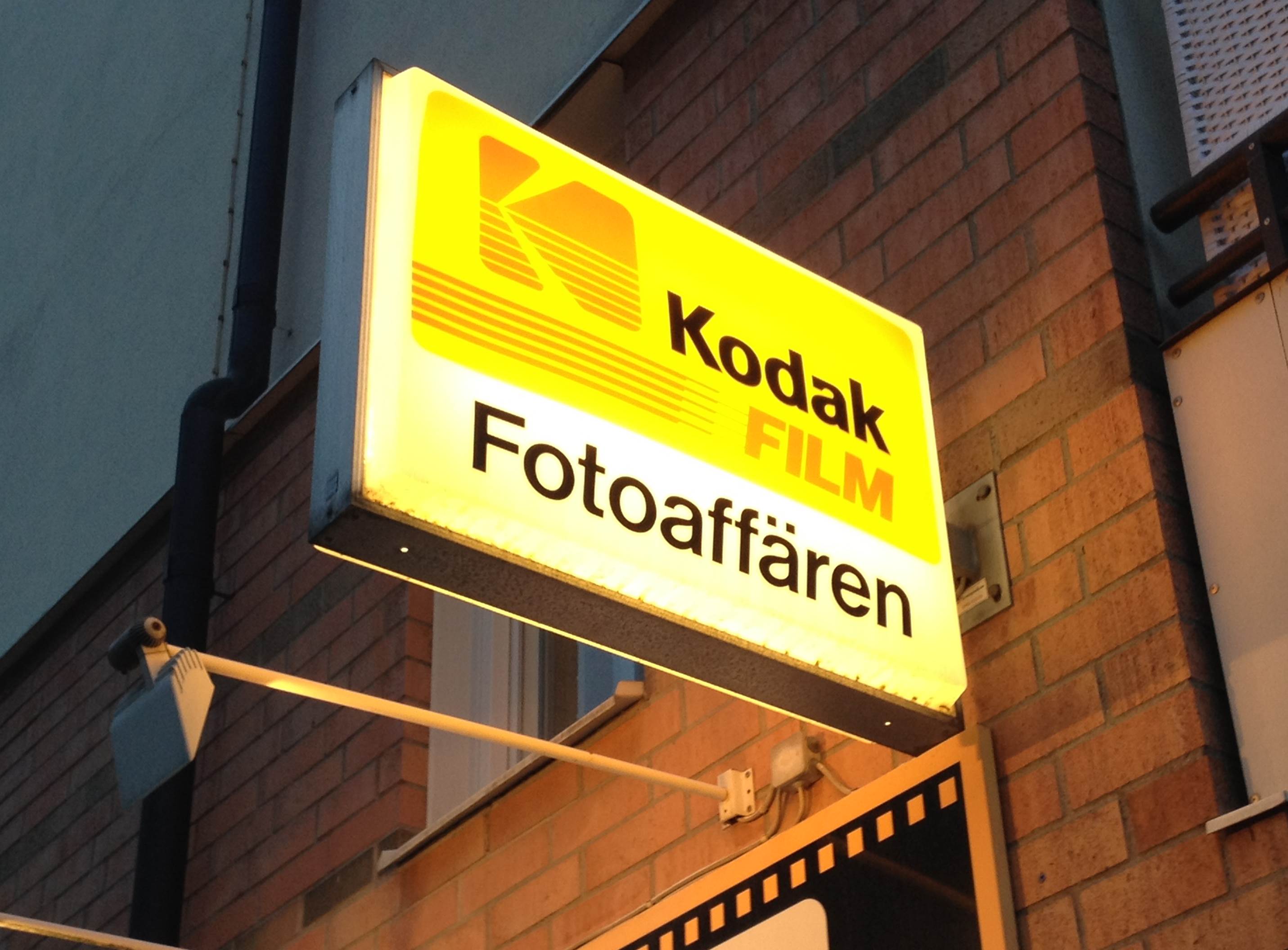As we move further into the information age, historical documents are increasingly available online, giving us the opportunity to marvel at how the times are changing. The statement below comes from Kodak’s annual report in 2000 (the complete quote can be found here), which is the year when Kodak’s decline was about to accelerate.
“Last year, the US economy was red hot, and the so-called “new economy” was even hotter. Today, as you scan the business headlines, the key word is “slump”… consumer confidence is in a blue funk… and the NASDAQ couldn’t get much flatter.
The question for investors now becomes, “Where do you invest your money after the bubble bursts?”
Let me suggest three possible answers. First, it makes sense, now more than ever, to invest in strong brands. Because when time are tighter, consumers are less inclined to risk their money on a new or unknown name.
Second, invest in products and services that offer high satisfaction at a low price. In other words, value-for-money is king.
Third, it might be wise to seek companies that are adept at generating cash. Those are the firms that will continue to invest in themselves and prepare for growth, regardless of the economy.
And that as you might have already surmised, brings us straight to Kodak. However, if a great brand and a great balance sheet are not sufficiently compelling, there is something else investors should consider: this is a very smart time to be in the picture business.
Picture-taking is now at an all-time high worldwide. Amateur photographers took more than 80 billion snapshots last year, a new record. They ordered more than 100 billion prints, another milestone for the industry.
In the health imaging category (our second largest business), more records were shattered. Healthcare professionals last year ordered more than 1.5 billion Kodak radiological images.
For the past century, our business has been all about making it simpler for people to capture better images, first with film, and more recently, with digital technology. And, as we continue to make film and digital photography more accessible, picture-taking will continue to grow.”
As a rule of thumb, one should be cautious as investor when management recommends a company’s stock. Management’s job is not to analyze the stock market, their job is to run the business and candidly communicate the business’ performance.

Lämna ett svar